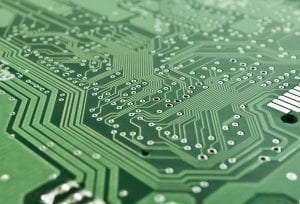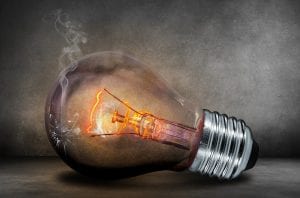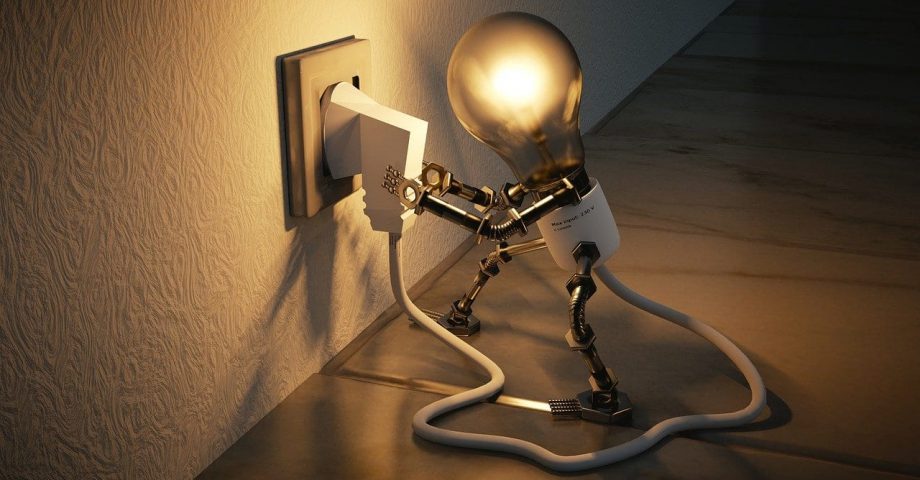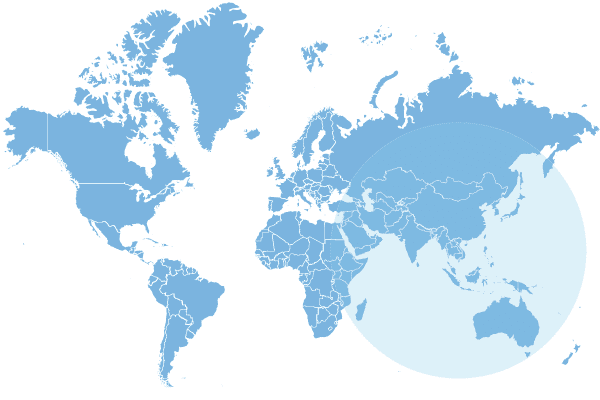10 Electric Facts about Electricity
We all need electricity. It has become as vital as air to us in this modern age! Everything runs on electricity, including our own bodies! Yet, how much do you know about the flow of electrical charge? Here are some super fun facts about electricity!
1. Are you getting any static?
If you have had any kind of childhood, the chances are you at least spent some time rubbing a balloon on your own head or doing it to someone else. Of course, the satisfying end result of this little science experiment is that our hair lifts and sticks to the balloon. This is known as static electricity! It is when electricity gathers in one place!
2. It’s almost shocking!
Once you’ve finished playing with the balloon, you may find you can shock yourself or someone you’ve touched. This is because between 2,000 and 4,000 volts can be measured in a single sparkle of static electricity! And, in severe conditions, up to 15000 volts can be measured – however, that won’t likely happen from the balloon on your head, so don’t worry.
3. It’s always ebbing and flowing.
When we think of electrical current, we think of water moving, like in a river or the ocean. However, an electric current doesn’t sway too much! In fact, an electric current simply refers to the electricity that goes from one place to another.

4. As easy as turning on a light switch?
As you know, most of the household appliances that we use every day are powered by electricity. They are linked to electric circuits, and the electric charges are carried through via electrons in wiring.
5. What’s the speed of electricity?
As you know, our appliances (cookers, televisions, computers, lights, and so on), all tend to power up pretty fast. This is thanks to the sheer speed of electricity! In fact, it can travel at a rate of 300,000 kilometers, or 186,000 miles per second – which is why it is often said that electricity travels at the speed of light!
6. Zeus? Thor? McQueen?
Lighting is technically electricity! More precisely, it is a release of electricity into the atmosphere. Lightning bolts can travel at about 130,000 miles or 209,000 km per hour! They’re also pretty hot – as in about 54,000 º Fahrenheit – so avoid getting hit by one if you can!
7. Opposites attract!
We’ve all heard the term “opposites attract,” and in the case of electricity, that is absolutely true! Opposite charges attract one another. On the other hand, two positive or two negative charges repel each other.
8. Electric souls?
Electricity is pretty much everywhere, even deep within ourselves – in fact, it is vital to our everyday running. Thanks to the electricity in our bodies, our hearts keep pumping – and we also need it to pass signals to our muscles. Consider how complex your nervous network is – it’s all about biological electricity.

9. What is ECG?
If you have ever seen an ECG or Electrocardiogram, then it’s important that you know what it does! The ECG actually measures the electricity going through someone’s heart. It’s typically used to ensure that a heart’s performing as expected.
10. Electric eels are very real!
Electric eels are not only legitimately electrified, they can produce up to 600 volts of electricity! Try not to handle one directly if you can help it… or you’ll get more than a nasty zzzzap!

FAQs about Electricity
What are the main types of electricity?
The electricity we use daily to power our appliances, cars, and gadgets can come in multiple forms. It is usually derived from coal, nuclear power, hydro solutions, solar power, or wind power.
What is a simple definition of electricity?
Electricity is the flow of “charge.” As much as we use it all the time, it’s tricky to define something as complex as electricity!
Who discovered electricity?
Many people are credited with discovering electricity, including Benjamin Franklin, William Greener, Schuyler Wheeler, Henry M. Leland, and more! All we know is we’re grateful to whomever it was - we’re not going to break up this fight any time soon!
Further reading:
https://factcity.com/tag/Energy
https://learn.sparkfun.com/tutorials/what-is-electricity/all
https://www.twinkl.co.uk/teaching-wiki/the-history-of-electricity
Do you know any fun facts about electricity? Share them in the comments below!
This page was last modified on July 26, 2023. Suggest an edit









